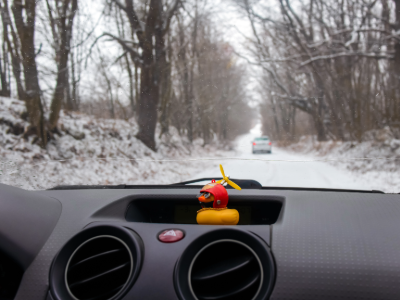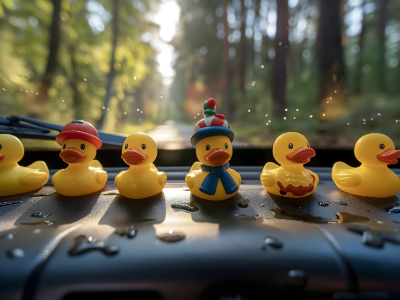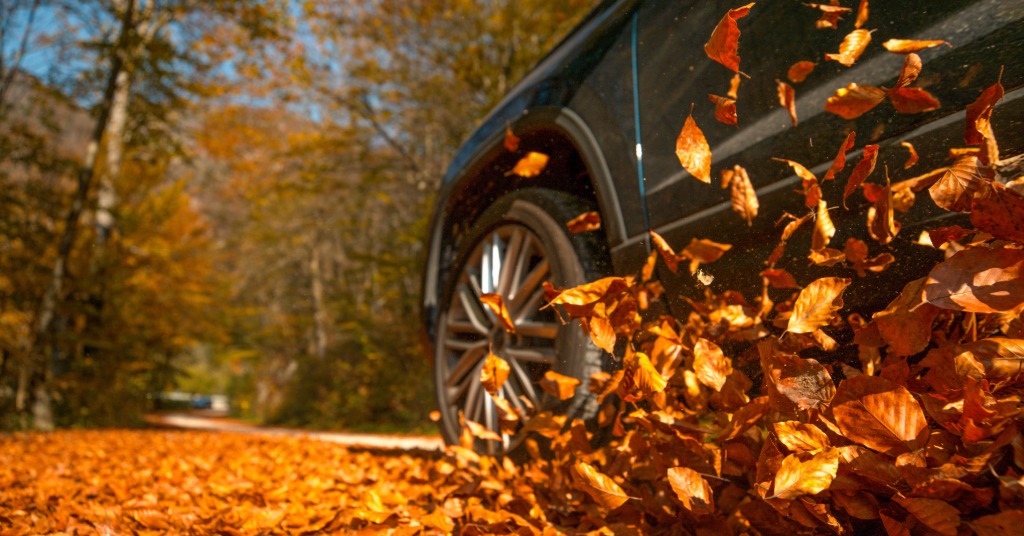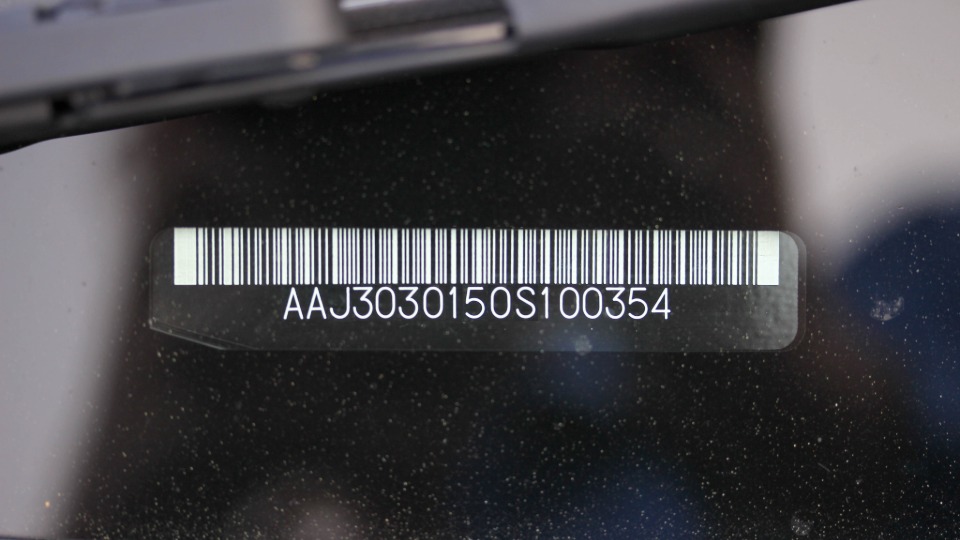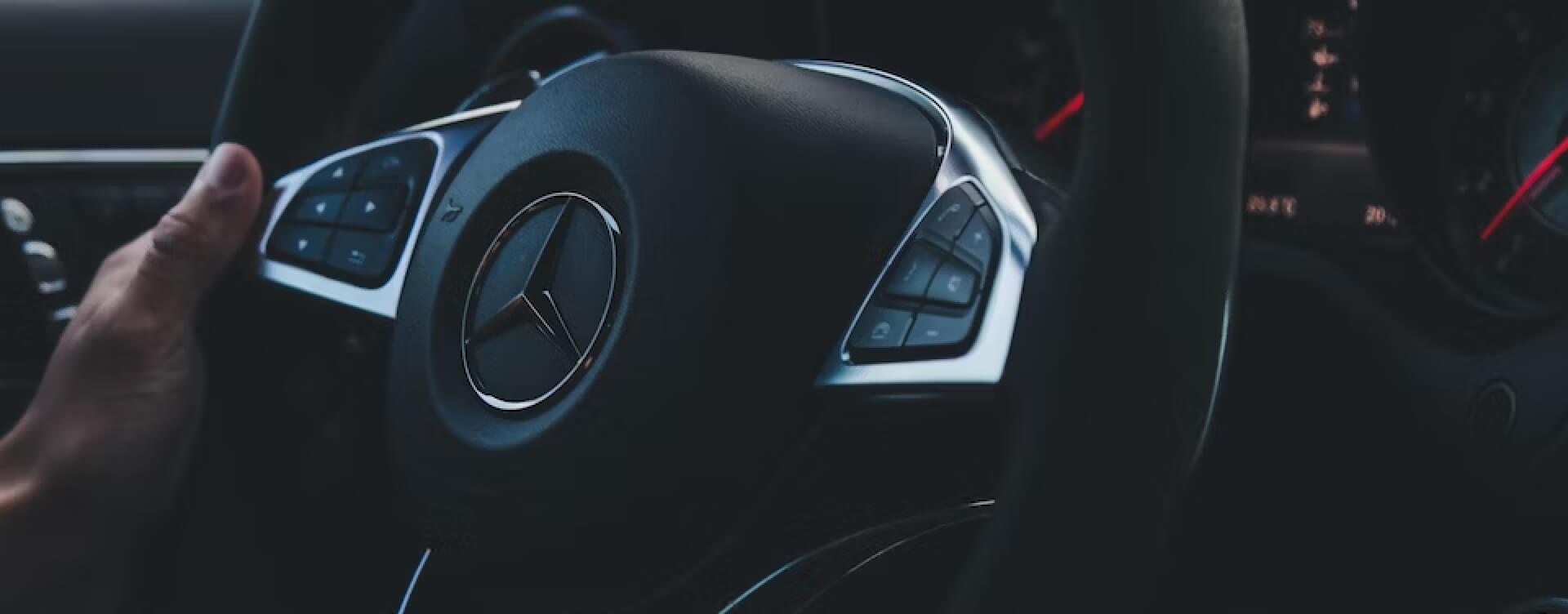The Origins of Jeep Ducking
The Jeep rubber duck trend began in Canada in 2020, during the height of the COVID-19 pandemic. A Jeep owner named Allison Parliament came up with the idea after a playful encounter where she placed a rubber duck on another Jeep. This small gesture quickly caught on within the Jeep community, evolving into what we now know as “Jeep Ducking.” The idea behind it is simple: Jeep owners leave a rubber duck on another Jeep they admire or simply want to bring a bit of cheer to. The practice quickly spread through social media, inspiring Jeep owners worldwide to participate in the trend.
How Jeep Ducking Works
Participating in Jeep Ducking is as easy as it is enjoyable. Jeep owners carry small rubber ducks with them and, when they spot another Jeep, especially one that stands out or captures their attention, they place a duck on it. Often, the duck is left on the door handle, windshield wiper, or somewhere noticeable. Some Jeepers go the extra mile by writing a note or tagging their social media handle on the duck, turning it into a fun and interactive experience.
For many, the appeal lies in the surprise and the sense of connection it fosters within the Jeep community. It’s not uncommon for Jeep owners to proudly display their collection of rubber ducks on their dashboard, as each duck represents a unique interaction with another Jeep enthusiast.
The Meaning Behind the Ducks
While the trend started as a playful act, it has grown to symbolize much more. For many, the rubber ducks represent kindness, camaraderie, and a sense of belonging to the broader Jeep family. It’s a small gesture that can brighten someone’s day, remind them of the friendly and adventurous spirit that Jeep owners share, and celebrate the love for their vehicles.
Moreover, Jeep Ducking has become a way to connect with others in the community, both in person and online. Social media platforms are filled with photos of Jeeps adorned with ducks, shared by owners who take pride in being “ducked.” It’s a way to celebrate the shared passion for Jeeps and the open-road lifestyle.
What is a Jeep Duck Pond?
A “Jeep Duck Pond” is a playful and creative display that some Jeep owners set up, usually at Jeep events, meetups, or even in their own driveways. It’s a space where Jeep enthusiasts can showcase their collection of rubber ducks that they’ve received from others as part of the “Jeep Ducking” tradition.
What a Jeep Duck Pond Typically Involves:
- Display of Rubber Ducks: The Jeep Duck Pond is essentially a decorated area where Jeep owners place their rubber ducks. The display might mimic a small pond with water, using blue fabric or a kiddie pool to create the effect of a real pond.
- Creative Themes: Some Jeepers get creative with the setup, adding decorations like miniature trees, lily pads, or even small model Jeeps around the “pond.” The theme often ties into the overall vibe of the Jeep event or the owner’s personal style.
- Showcasing Duck Collections: Jeepers use the Duck Pond to show off their collection of ducks that they’ve accumulated over time. Each duck might represent a different encounter or memory, making the pond a fun and nostalgic display.
In essence, a Jeep Duck Pond is both a creative expression and a tribute to the fun and connection that the Jeep Ducking trend has brought to the community. It’s a way for Jeep owners to share their love for the hobby and the friendships it fosters.
How to Get Involved
Getting involved in Jeep Ducking is easy and requires nothing more than a pack of rubber ducks and a willingness to spread joy. You can find rubber ducks in various sizes, colors, and themes, allowing you to personalize your ducking experience. Some Jeepers even collect themed ducks that match their Jeep’s color or design, adding another layer of fun to the activity.
When you “duck” another Jeep, consider leaving a note or a message on the duck. Some Jeepers use this opportunity to connect with others by including their social media handles or a friendly message. It’s also a great way to encourage others to pass on the joy by ducking someone else’s Jeep in the future.
Why Jeep Ducking Matters
In a world where negativity can sometimes overshadow positivity, Jeep Ducking serves as a reminder of the simple joys in life. It’s about spreading happiness, connecting with others, and celebrating the shared passion for adventure that Jeep owners embody. Whether you’ve been ducked or you’re the one doing the ducking, the experience adds a bit of whimsy to the day and reinforces the sense of community that makes being a Jeep owner so special.
So, the next time you see a Jeep sporting a rubber duck, know that it’s more than just a cute decoration—it’s a symbol of the fun, friendship, and goodwill that defines the Jeep community. Happy ducking!





